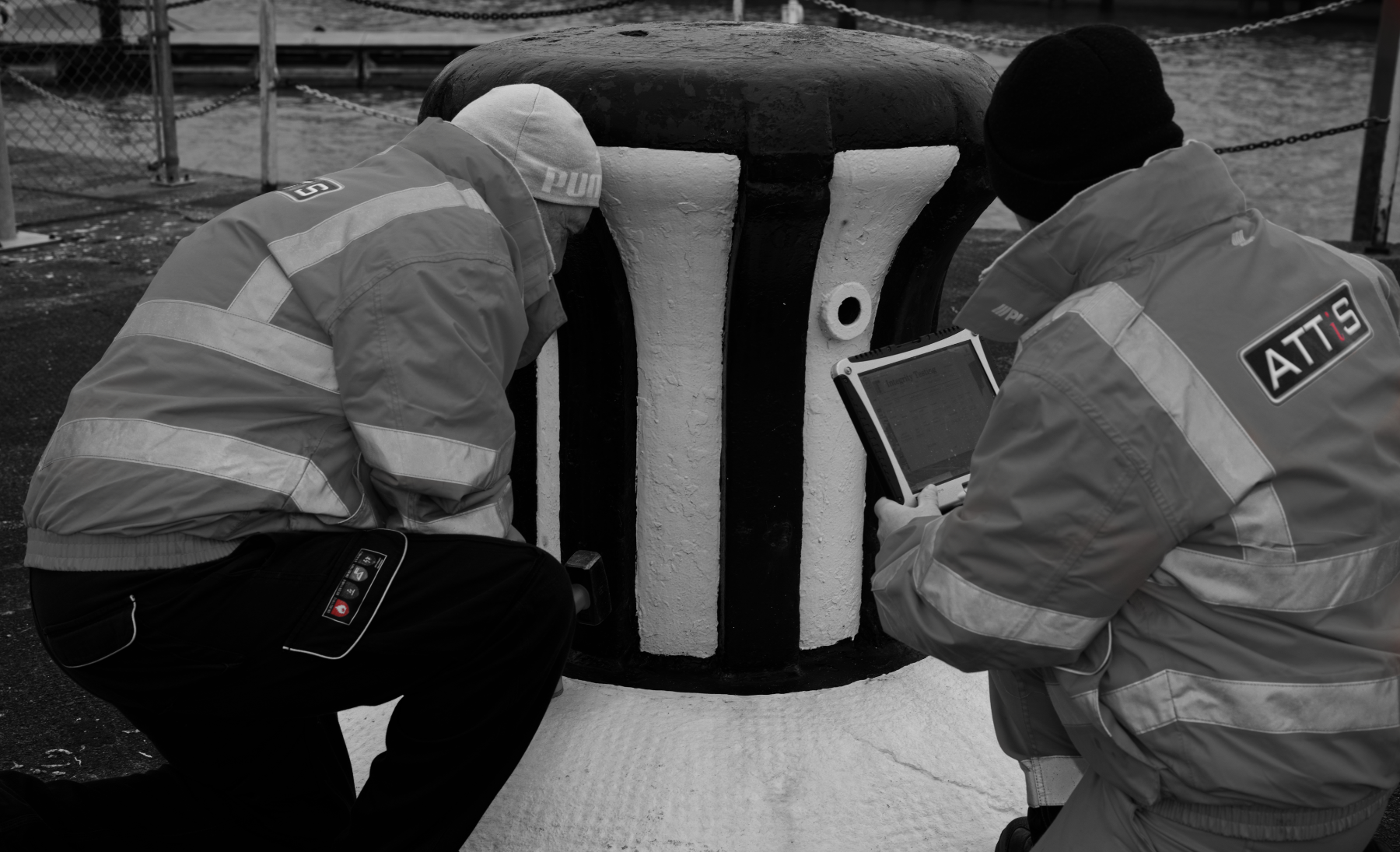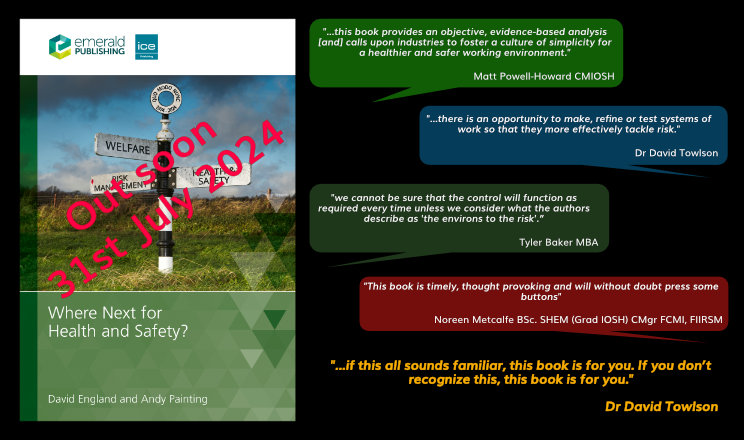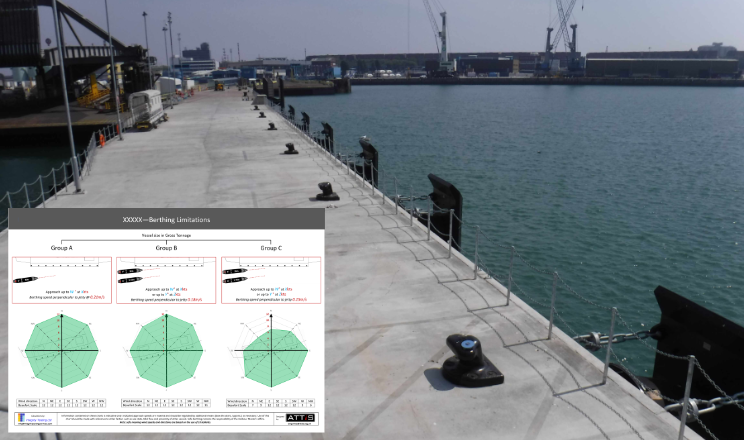Why it is important to have an effective design strategy (part 4b)

Is it safe and what are the residual risks?
The health and safety file is the third and final documentary requirement of the Construction (Design and Management) Regulations 2015. In Appendix 4 of the Regulations, it states that the file “must contain information about the current project likely to be needed to ensure health and safety during any subsequent work, such as maintenance, cleaning, refurbishment or demolition.” From this, we can see that much of the information required for the file has already been included in the acceptance documentation described above. However, it should be appreciated that the reason for the health and safety file is different to that of the acceptance documentation. The acceptance documentation is for the client and is intended to provide them with all the relevant information, including that involving safety: firstly, to demonstrate that they have the product they have paid for; secondly, that the product meets or exceeds regulatory requirements; and, thirdly, what the client can expect in terms of operability.
The health and safety file is for the end user(s) and is intended to cover all aspects of safety-related operation of the product throughout its use, maintenance and ultimate disposal. A list of the other information that should be considered for inclusion in the health and safety file is identified in Appendix 4 of the Construction (Design and Management) Regulations 2015. Important points to remember about the health and safety file are that:
- The level of detail in the information is proportionate to the risks involved.
- The information is provided in a clear, concise and convenient form.
- The information is accessible and easily understood.
- The information is amended throughout the lifetime of the product to reflect any changes or additions to it.
- The health and safety file remains with the product for the entirety of its operational life and is made available to anyone who has reason to view its contents.
The responsibility for ensuring the creation of the health and safety file under the CDM regulations rests with the client, but it is the principal designer who must begin assembling its contents during the design process. At the end of the project either they, or the principal contractor (producer), must complete the file for submission to the client. However the file is generated, it can be seen from the list of relevant information that should be included in the file that it is vital to anyone, during the lifetime of the product, who is engaged to amend, redesign, dispose of or add to the product or any component of it.
The relevance of creating and disseminating the file properly should not be underestimated. The entire design process, from start to end, is guided by having the relevant information to hand at the appropriate time and managing that information in a controlled way. The output of the design process—a finished product—relies equally on information being available in order that it can be used or operated effectively and safely. This can only be done if its hazards and limitations of use are identified and recorded. This is, in effect, the idea behind the ‘golden thread’, which calls for relevant safety information to be made available and managed accordingly throughout a product’s life cycle. It is a venerable initiative. However, the reasons and tools for creating a ‘sphere of safety’ around our designed products have long been in existence and it is our legal duty to abide them and our moral duty to implement them.





